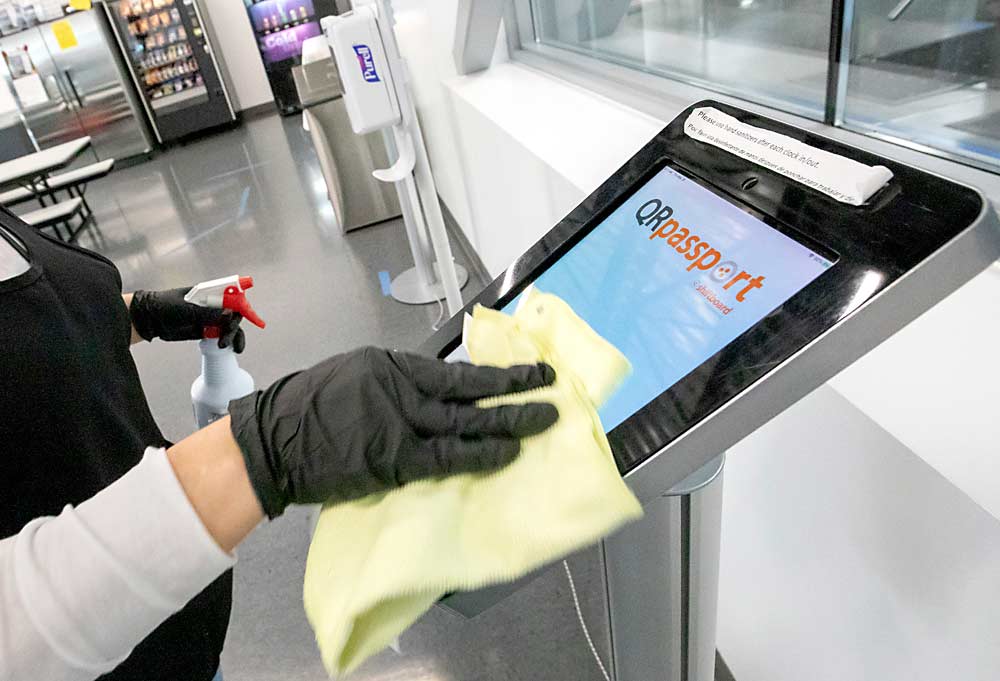
Editor’s note: Story has been updated to reflect a new lawsuit.
State authorities in Washington and Michigan have issued another round of rules for agricultural practices during the coronavirus pandemic.
Washington Gov. Jay Inslee issued a proclamation that mandates cloth face coverings, daily employee temperature checks and a written response plan in the event workers are exposed to the coronavirus or develop symptoms of COVID-19, the illness it causes. Those not complying face closure.
Inslee’s mandate, which took effect June 3, came on the heels of numerous releases of guidelines, fact sheets and regulations from the state Department of Health and the state Department of Labor and Industries issued since the pandemic began in early March. Collectively, the documents cover operations on farms, in worker housing units and in processing and packing facilities.
Inslee’s proclamation can be found here: https://www.governor.wa.gov/office-governor/official-actions/proclamations
In Michigan, Gov. Gretchen Whitmer signed an executive order on June 1 mandating protections for migrant farmworkers in housing facilities. Among the edicts are arranging beds to afford social distancing, designating an area for isolation of sick residents and maintaining a response plan. They last through June 29.
Read the executive order and an accompanying news release about it here: https://www.michigan.gov/whitmer/0,9309,7-387-90499_90640-530677–,00.html
On June 4, farmworker advocates filed a second lawsuit against the the state of Washington for not issuing rules protective enough to farmworkers, taking issue mostly with temporary housing conditions. In May, state authorities issued rules that allowed the use of bunkbeds for up to 15 unrelated people within a housing unit, as long as those 15 remained separate from others during during work and meals.
—by Ross Courtney






Leave A Comment